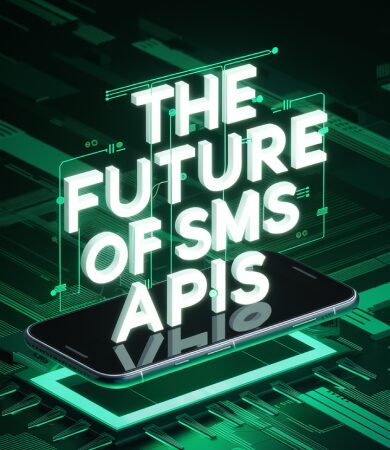The rise of second-generation chatbots has transformed the landscape of conversational technology. Moving beyond rigid, rule-based systems, these advanced bots leverage machine learning to enhance their interactions with users. By analyzing past conversations, they can tailor their responses to be more contextual and personalized, thanks to sophisticated natural language processing (NLP) algorithms. This evolution not only improves user experience but also opens up a world of possibilities across various sectors, including customer service, e-commerce, and healthcare. As we look ahead, the integration of artificial intelligence and machine learning promises to further revolutionize how chatbots operate, making them more intuitive and effective than ever before.
The Evolution of Chatbots: Tracing the Journey from Eliza to Advanced AI Solutions
September 23, 2024 | by Sonika Thapa







